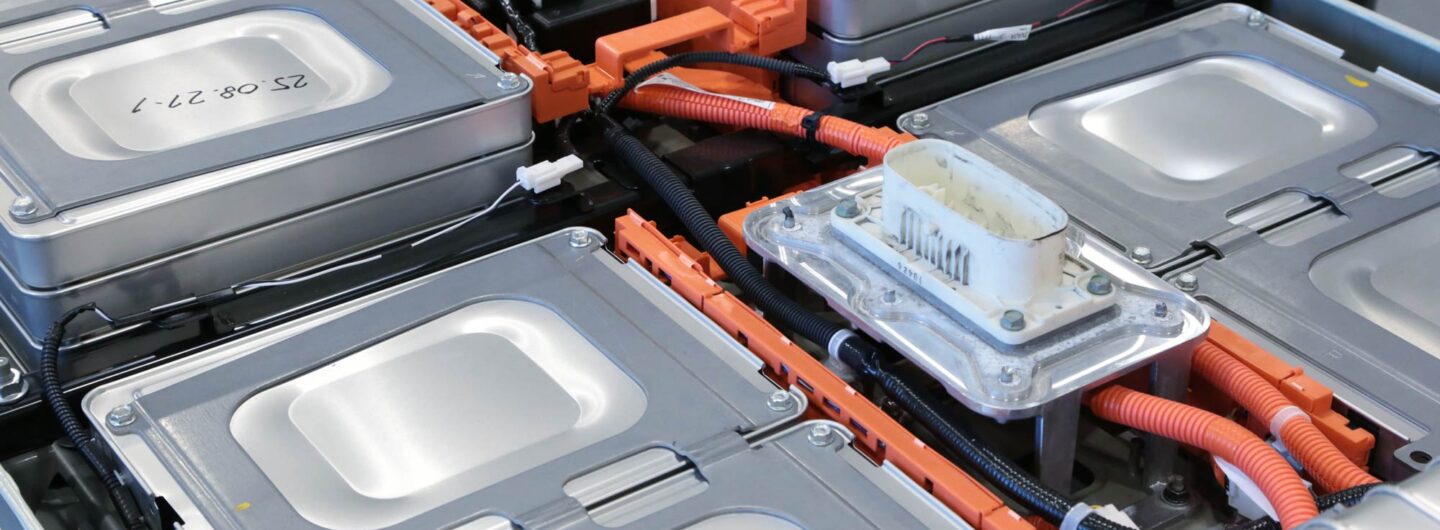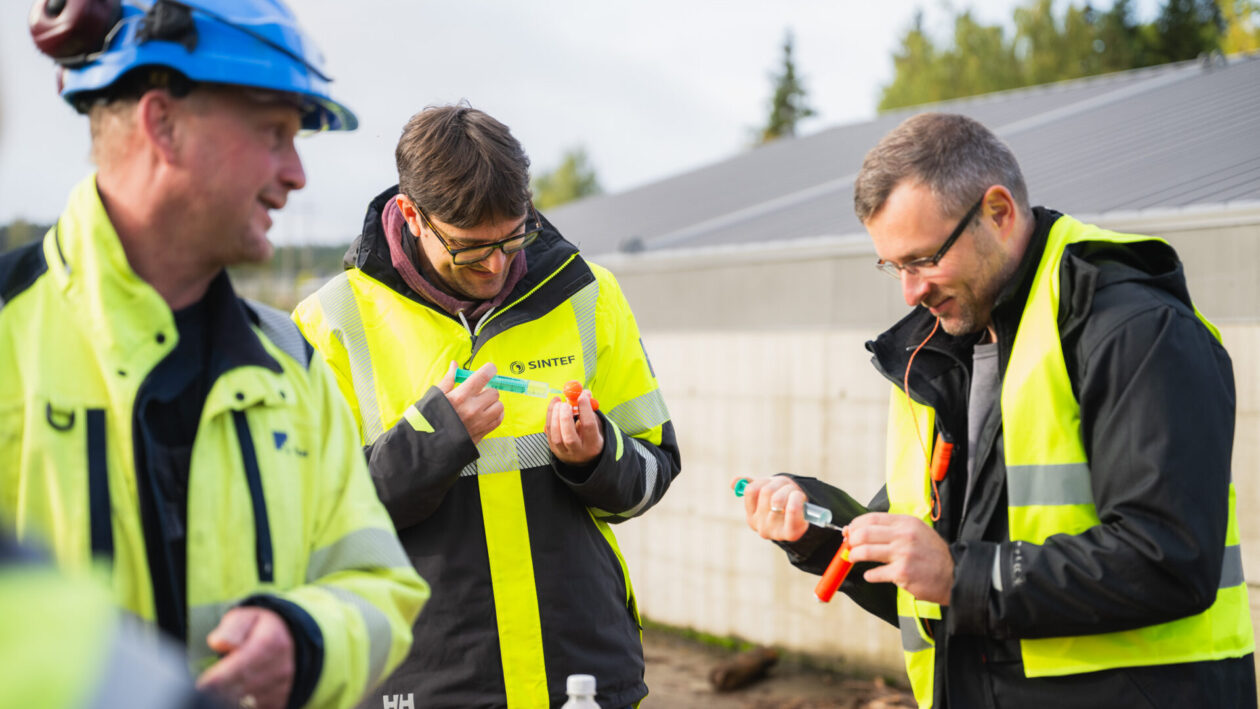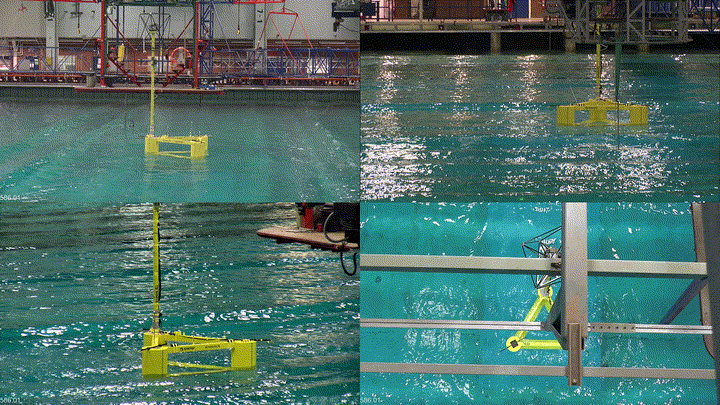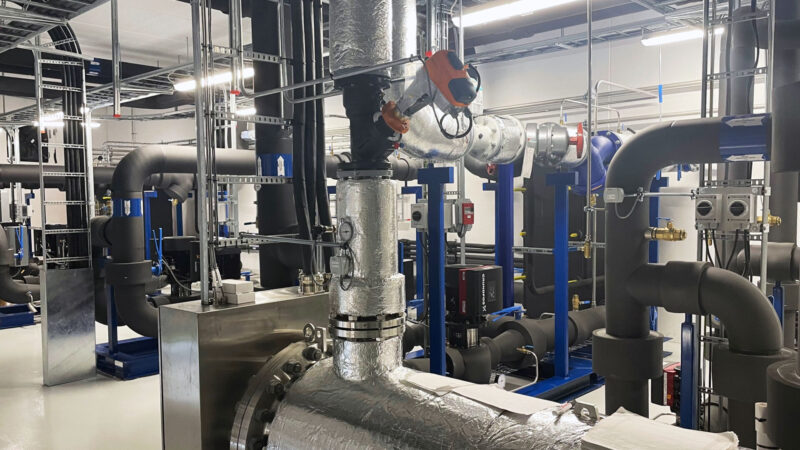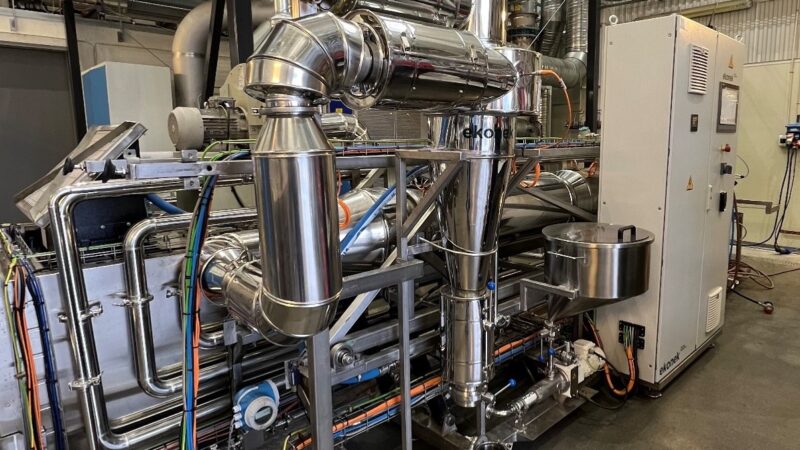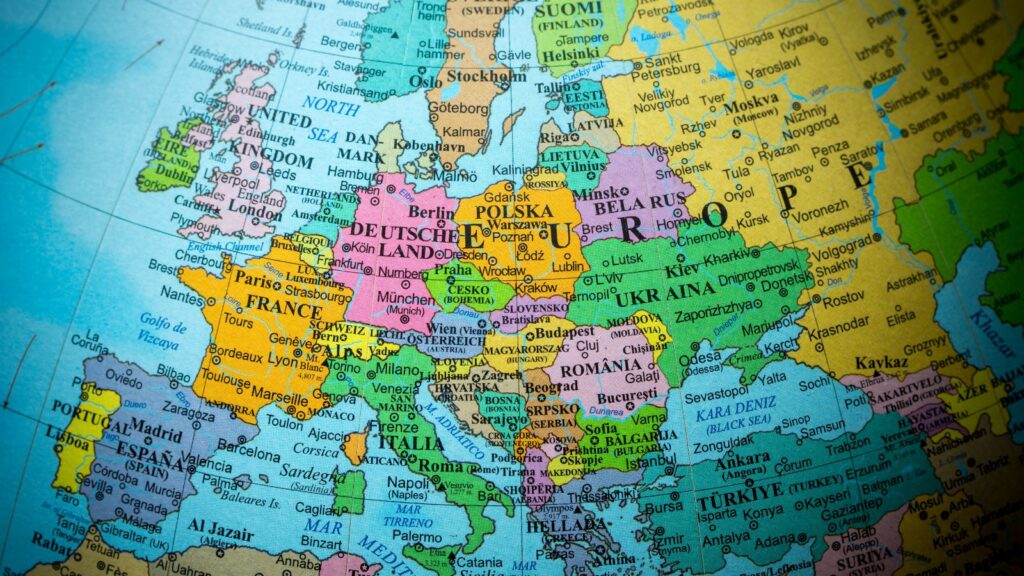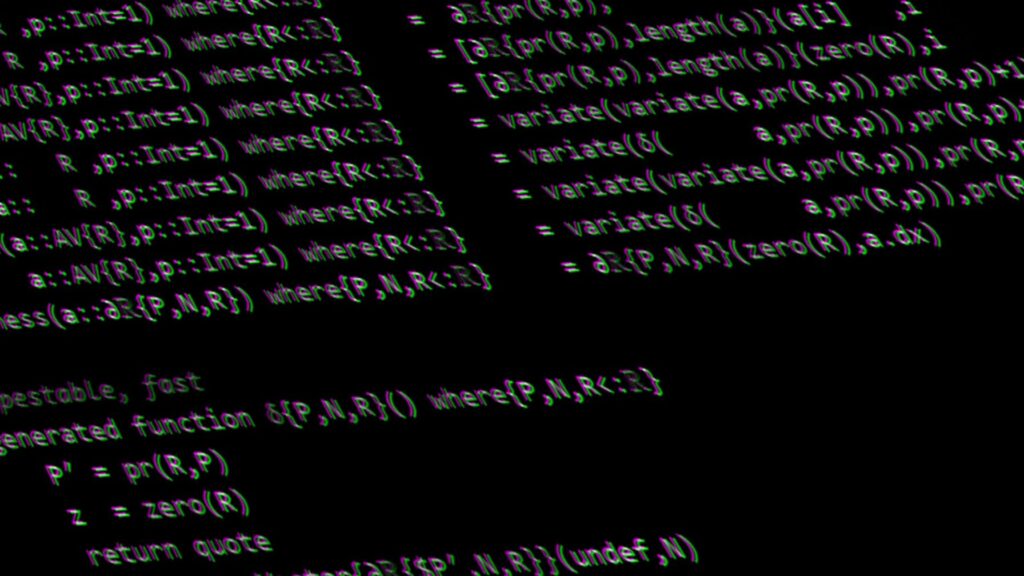Latest Posts
Incentivising Carbon Capture and Storage under the Emission Trading System – Accommodating Mobile CO2 Transport
This blog post summarizes the topic and findings of research conducted as part of the NCCS research consortium by Heidi Sydnes Egeland, now…
Machine learning can predict faults in the Norwegian power system
Co-author: Christian Andresen – The EarlyWarn project aims to predict faults in the power system by developing models that use big data, machine…
CCShip: Cutting CO2 Emissions from Shipping
SINTEF Energy Research is leading a pioneering new carbon capture and storage project to enable maritime CO2 emission mitigation. CO2 emissions from global…
Building a Hydrogen Future in Norway
Authors: Stefania Gardarsdottir, Kyrre Sundseth Many SINTEF researchers are focused on the development of Hydrogen as an energy carrier, and as a useful…
Writing type-stable Julia code
This text presents type stability, which is one of the important concepts that one needs to understand in order to write high-performance Julia…
Scalable High-Performance Reconfigurable Computing
Many scientific applications like computational fluid dynamics, seismic imaging and quantum computing require high-performance computers. To run these applications faster, a lot of…

